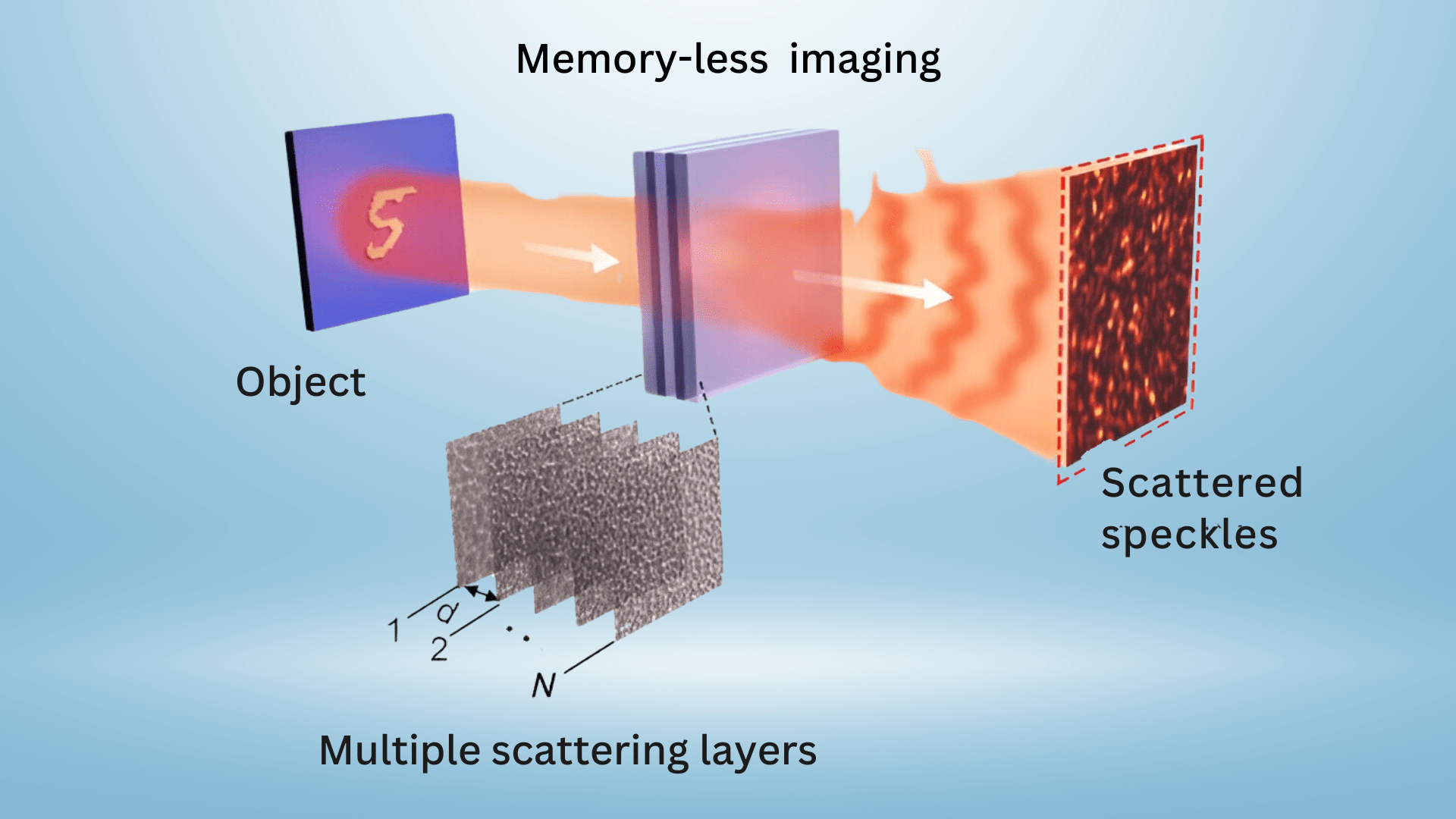Artificial intelligence (AI) has witnessed transformative advancements over the years, particularly through convolutional neural networks (CNNs) renowned for their superior image recognition capabilities. These networks have significantly influenced various platforms, including language models like ChatGPT. Recently, researchers have taken a monumental step forward by merging the concept of CNNs with optics, creating a convolutional all-optical neural network (ONN). This innovation promises to revolutionize AI imaging technology.
The Breakthrough
A pioneering team has developed an ultrafast convolutional optical neural network. This breakthrough enables efficient and clear imaging of objects behind scattering media without relying on the optical memory effect. Published in the journal Science Advances, this research heralds a new era in AI imaging technology.
Core Innovations
The Essence of CNNs
- Convolutional Operations: CNNs extract local features from images and construct complex and abstract feature representations layer by layer, significantly advancing image processing and pattern recognition.
- Traditional Challenges: Applying convolutional network operations to optics has been challenging due to the need to convert electronic signals into optical signals.
The All-Optical Solution
- Direct Optical Domain Operations: The research team designed an all-optical solution that performs convolution network operations directly in the optical domain, eliminating the need for signal conversion.
- True Optical Computing Speeds: This approach achieves unprecedented optical computing speeds, marking a significant leap in the field.
Multi-Stage Convolutional ONN
- Parallel Cores: The multi-stage convolutional ONN comprises multiple parallel cores capable of operating at the speed of light, directly extracting features from scattered light for rapid image reconstruction.
- Enhanced Imaging: This innovation improves imaging speed and significantly enhances image quality, making imaging in complex scattering environments possible.
- Impressive Computational Speed: The ONN achieves computational speeds of up to 1.57 peta operations per second (POPS), enabling robust support for real-time dynamic imaging.
Advancements and Capabilities
Speed and Quality
- Rapid Imaging: The ONN’s capability to perform operations at light speed drastically reduces imaging time.
- Superior Image Quality: By extracting features directly from scattered light, the ONN produces clearer and more accurate images, even in challenging environments.
Multitasking Capability
- Versatility: The ONN’s network structure can be adjusted to perform various image processing tasks, such as classification and reconstruction, concurrently.
- First of Its Kind: This multitasking capability is a pioneering achievement in the realm of optical artificial intelligence, highlighting the ONN’s flexibility and efficiency.
Implications for the Future
The integration of convolutional neural networks into the optical field is not merely a technological achievement but a significant boost to AI imaging technology. The flexibility and efficiency demonstrated by this research underscore the vital role of convolutional networks in AI. This breakthrough opens up new avenues for optical imaging technology, with far-reaching implications.
Potential Applications
Medical Imaging
- Improved Diagnostics: The ability to image through scattering media can enhance diagnostic imaging techniques, leading to earlier and more accurate detection of diseases.
- Non-Invasive Procedures: The ultrafast imaging capabilities can enable more efficient and less invasive medical procedures.
Security and Surveillance
- Enhanced Visibility: The ONN’s ability to produce clear images in complex environments can significantly improve security and surveillance systems.
- Real-Time Monitoring: The real-time imaging capabilities can aid in more effective monitoring and threat detection.
Scientific Research
- Astronomy: The ability to image through scattering media can benefit astronomical observations, allowing scientists to capture clearer images of celestial bodies.
- Environmental Monitoring: Enhanced imaging technology can improve monitoring of environmental changes, aiding in the study of climate change and pollution.
Challenges and Future Directions
While the development of the convolutional optical neural network represents a significant milestone, there are challenges and areas for future research:
Scalability
- Large-Scale Implementation: Ensuring that the technology can be scaled for widespread use is a critical next step.
Integration with Existing Systems
- Compatibility: Integrating the new ONN technology with existing imaging systems and platforms will be essential for practical application.
Further Optimization
- Efficiency: Continued research is needed to optimize the efficiency and performance of the ONN for various applications.
Conclusion
The advent of convolutional optical neural networks signifies a monumental advancement in AI imaging technology. The groundbreaking research not only successfully transplants the principles of convolutional neural networks into the optical field but also sets the stage for future innovations. As the technology continues to evolve, its applications across various fields promise to enhance and transform the way we perceive and interact with the world.
This remarkable achievement marks the beginning of a new era in AI imaging, one where the speed of light is harnessed to unlock unprecedented imaging capabilities. The journey ahead is filled with potential, and these innovations are poised to play a pivotal role in shaping the future of optical artificial intelligence.



